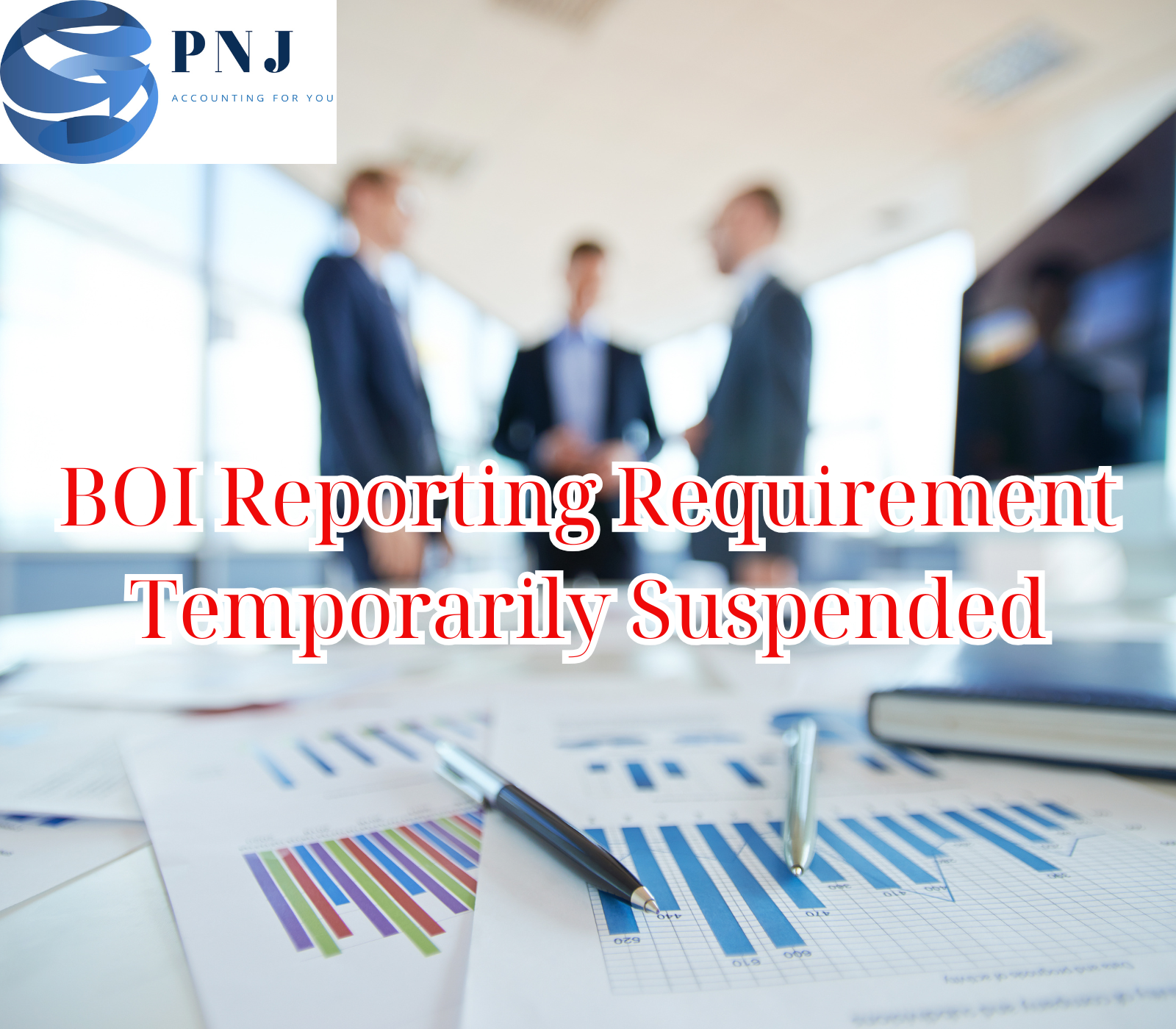 Good news for retirement savers! The IRS has increased retirement contribution limits for 2024, giving you more opportunities to grow your savings and enjoy tax benefits. Whether you contribute to a 401(k), IRA, or other retirement account, these higher limits can significantly impact your financial future.
Good news for retirement savers! The IRS has increased retirement contribution limits for 2024, giving you more opportunities to grow your savings and enjoy tax benefits. Whether you contribute to a 401(k), IRA, or other retirement account, these higher limits can significantly impact your financial future.
In this article, we’ll break down the new limits, their benefits, and actionable strategies to help you maximize these changes.
2024 Contribution Limits: At a Glance
401(k), 403(b), and Most 457 Plans:
- Standard Contribution Limit: $23,000 (up from $22,500 in 2023)
- Catch-Up Contribution for Age 50+: $7,500
- Total Contribution for Age 50+: $30,500
Traditional and Roth IRAs:
- Standard Contribution Limit: $7,000 (up from $6,500 in 2023)
- Catch-Up Contribution for Age 50+: $1,000
- Total Contribution for Age 50+: $8,000
SIMPLE IRAs:
- Standard Contribution Limit: $16,000 (up from $15,500 in 2023)
- Catch-Up Contribution for Age 50+: $3,500
- Total Contribution for Age 50+: $19,500
SEP IRAs and Solo 401(k)s:
- Maximum Contribution: $66,000 (up from $65,000 in 2023), based on income percentage
How These Changes Benefit You
- Save More for Retirement:
Higher limits mean you can invest more in tax-advantaged accounts, accelerating your savings growth. The earlier you contribute, the more your investments benefit from compounding interest. - Reduce Your Taxable Income:
Contributions to traditional 401(k)s and IRAs are pre-tax, reducing your taxable income.- Example: Contributing $23,000 to a 401(k) in the 24% tax bracket saves you $5,520 in federal taxes.
- Future Tax-Free Withdrawals:
Roth IRAs offer tax-free withdrawals in retirement, a valuable strategy if you expect to be in a higher tax bracket later.
Strategies to Maximize Retirement Contributions
- Increase Payroll Deductions:
Adjust your payroll to contribute the maximum to your 401(k). Spread contributions over the year for consistency. - Utilize Catch-Up Contributions:
If you’re 50 or older, take advantage of catch-up contributions to boost savings before retirement. - Contribute Early:
Start IRA contributions as early as January 1, 2024, to maximize investment growth over the year. - Leverage Employer Matching:
Ensure you contribute enough to get full 401(k) employer matches—don’t miss out on free money! - Consider Roth Accounts:
Evaluate if a Roth 401(k) or IRA suits your plan. These accounts offer tax-free withdrawals in retirement. - Diversify Contributions:
Combine different accounts (401(k) and IRA) to balance pre-tax and post-tax benefits, providing flexibility when you withdraw funds.
Retirement Contribution Deadlines for 2024
- 401(k) Contributions: December 31, 2024
- IRA Contributions: April 15, 2025
- SIMPLE and SEP IRA Contributions: Employer’s tax filing deadline, including extensions
Common Questions About 2024 Contribution Limits
- Can I contribute to both a 401(k) and an IRA?
Yes. IRA tax deductibility depends on your income and employer-sponsored plan status. - Traditional or Roth IRA: Which is better?
It depends on your current tax bracket and future expectations. Traditional IRAs offer immediate tax deductions, while Roth IRAs provide tax-free retirement withdrawals. - Can self-employed individuals contribute more?
Yes, through SEP IRAs or Solo 401(k)s, with limits up to $66,000 in 2024.
Take Action Today
Maximizing your retirement contributions is one of the best moves you can make for long-term financial security. Our expert team can help you create a personalized retirement strategy tailored to your goals.
Contact us today to schedule a consultation and start planning for a secure future.
Sources:
This information is based on IRS updates for 2024. For more details, visit the IRS website.
Keywords: 2024 retirement contribution limits, 401(k) updates, IRA contribution increase, tax benefits, retirement savings strategies.
Meta Description: Discover the 2024 retirement contribution limits and learn how these changes can boost your savings and reduce your taxes. Plan for a secure future with our expert tips.




